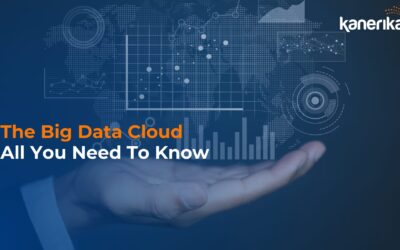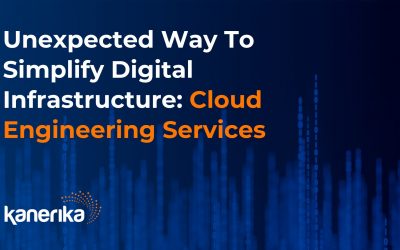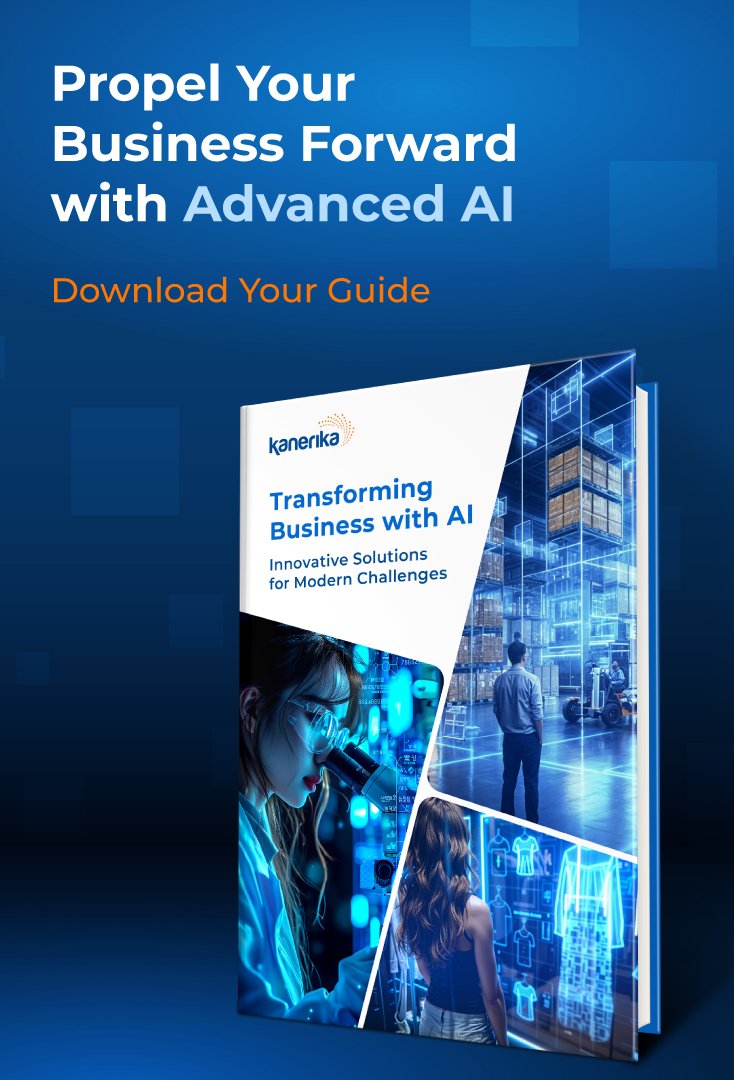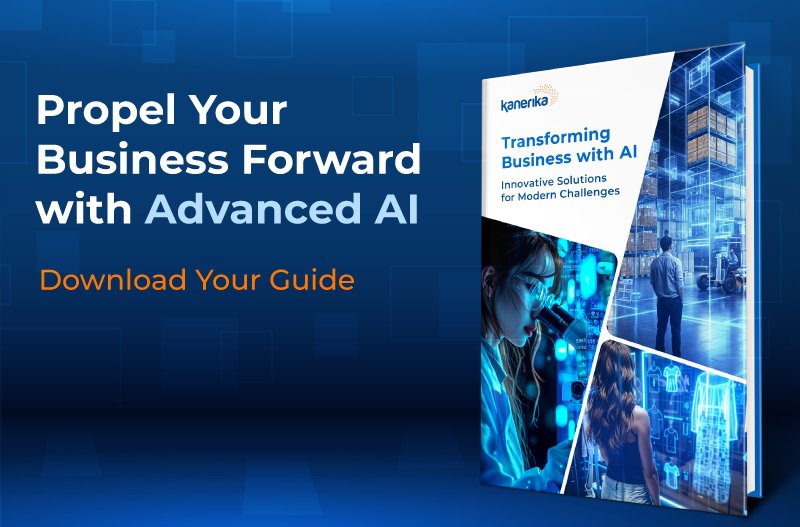If a modern business is a bustling city, then cloud computing is the heart of it. Much like the intricate infrastructure that underpins a metropolis, cloud delivery models are the blueprints guiding the provision and management of these invaluable digital resources.
Enter the four primary cloud delivery models: Infrastructure as a Service (IaaS), Platform as a Service (PaaS), Software as a Service (SaaS), and Function as a Service (FaaS). These models are not just choices; they are strategic decisions that determine the level of control, flexibility, and management required to meet specific business needs.
Fundamentals of Cloud Computing
Before exploring the various cloud delivery models, it’s important to understand the core aspects of cloud computing, which centers around on-demand availability, scalability, and cost efficiencies.
Defining Cloud Computing
Cloud Computing is a technological framework that allows you to access and store data over the Internet rather than on hard drives or local servers. This model enables on-demand access to a shared pool of configurable computing resources, such as networks, servers, storage, applications, and services. They can be rapidly provisioned and released with minimal management effort.
Benefits of Cloud Computing
The cloud offers numerous advantages that cater to the needs of different users and businesses:
- Flexibility: You can scale services to fit your needs, customize applications, and access cloud services from anywhere with an internet connection.
- Efficiency: Improves cost-efficiency by reducing the need for large capital expenditures on hardware and software, shifting to a pay-as-you-go model.
- Strategic value: Cloud services can provide a competitive edge by providing the most innovative technology available with less lag time than traditional IT updates.
Challenges of Cloud Computing
Adopting cloud computing isn’t without its challenges, which include:
- Security and Privacy: Managing data security and privacy is critical, as vulnerabilities can be exposed to cybersecurity threats.
- Compliance and Legal Issues: You need to ensure that cloud services comply with relevant regulations and legal requirements, which can vary by region and industry.
- Technical Issues: Dependence on the service providers for uptime and the potential for technical outages can affect your operations.

Service Delivery Models
The service delivery models in cloud computing provide different levels of control, flexibility, and management to choose the services that best fit your needs.
Software as a Service (SaaS)
SaaS gives you access to application software hosted in the cloud. You don’t need to manage underlying infrastructure or platforms; the service provider handles everything. For example, you use a SaaS model for a web-based email service.
Platform as a Service (PaaS)
With PaaS, you can develop, run, and manage applications without the complexity of building and maintaining the infrastructure typically associated with app development. It allows you to focus on the creation and deployment of your applications.
Infrastructure as a Service (IaaS)
IaaS provides you with computing resources such as virtual machines, storage, and networks over the internet on an on-demand basis. You have control over your virtualized hardware through a cloud interface, allowing you to install any required platforms.
Function as a Service (FaaS)
FaaS is a cloud service that enables you to execute code in response to events without complex infrastructure management. You are charged based on the actual compute time of your functions, making it a cost-efficient choice for many applications.
Deployment Models
In cloud computing, deployment models define where your data is stored and how your services are managed. Knowing which model to choose directly impacts your access, security, and management level.
Private Cloud
A private cloud is dedicated to your organization. It allows you to have complete control over your data and resources. This model is often hosted on-premises or by a third-party provider but remains exclusively used by your entity. With a private cloud, you benefit from enhanced security and customization capabilities.
Public Cloud
The public cloud is owned and operated by third-party service providers. Services and infrastructure are shared across numerous tenants. You typically pay for the services you use, often leading to cost-efficient scaling. Providers include platforms like Amazon Web Services (AWS), Microsoft Azure, and Google Cloud Platform (GCP).
Hybrid Cloud
Hybrid cloud combines private and public clouds, connected through technology that allows data and applications to be shared. This model provides a balanced approach, offering the flexibility of the cloud while maintaining a private environment for sensitive operations. You can leverage scalability and innovation in the public space while keeping critical assets secure in the private cloud.
Community Cloud
Community cloud serves multiple organizations or a specific community with common concerns (security, compliance, jurisdiction, etc.). It is either managed by the organizations or a third-party provider. This model allows you to share infrastructure and resources, providing a cost-effective solution while maintaining an agreement on shared policies and requirements.

Read More – Mastering Cloud Migration: Best Practices for a Successful Journey
Key Cloud Providers
In the realm of cloud computing, there are several prominent service providers that you should consider. Each offers a range of services including computing power, storage options, and various other cloud-based solutions that cater to the needs of businesses of all sizes.
Amazon Web Services (AWS)
AWS is the leading cloud service provider and offers a comprehensive suite of services. With a broad set of global data centers, it allows for reliable and scalable solutions. AWS is known for its strong offerings in IaaS and PaaS, providing tools for computing, storage, databases, and networking.
Microsoft Azure
Microsoft Azure provides an extensive collection of services, including solutions for AI, machine learning, and the Internet of Things (IoT). Azure integrates seamlessly with Microsoft’s software products, making it a preferred choice for organizations entrenched in the Microsoft ecosystem.
Google Cloud Platform (GCP)
GCP specializes in high-compute offerings like data analytics, machine learning, and open-source technologies. With its core services centered around computing, storage, and networking, GCP is compatible with various open-source standards and programming languages.
IBM Cloud
IBM Cloud focuses on enterprise needs, combining robust PaaS and IaaS services with a strong emphasis on AI through Watson, blockchain, and IoT. It provides a secure and flexible environment appealing to businesses requiring hybrid cloud solutions.
Cloud Management and Orchestration
In the realm of cloud computing, effective management and orchestration are vital for maintaining robust and agile IT services. You’ll find that these elements are crucial for automating processes, ensuring service quality, and meeting compliance requirements.
Provisioning and Deployment
When you utilize cloud management tools, they simplify the provisioning and deployment of resources. You can use templates and blueprints to provision services rapidly and with consistency. Moreover, automation capabilities allow for deploying applications across various environments without manual intervention.
- Templates: Streamline the creation of resources.
- Automation: Reduces the potential for human error and speeds up the deployment processes.
Monitoring and Performance
Ensuring optimal performance in the cloud requires continuous monitoring. You should implement tools that provide real-time analytics and alerts for system health and workload performance.
- Real-time Analytics: Provides insights into system operations and resource utilization.
- Alerts: Notify you instantly of performance issues, allowing for prompt responses.
Service Level Agreements (SLAs)
You must understand the details of your Service Level Agreements to ensure providers meet the agreed-upon service quality.
| Aspect | Description |
| Availability | Measures the time services are fully functional. |
| Performance | Benchmarks for responsiveness and throughput. |
| Remediation | Steps to be taken in the event of a service disruption. |
Compliance and Security
Staying compliant with industry standards and maintaining security is non-negotiable. Your orchestration tools should enforce policies and automate security protocols.
- Policy Enforcement: Automates adherence to standards.
- Security Automation: Streamlines threat detection and response processes.
Cloud Security and Privacy
Ensuring robust security and maintaining privacy are imperative when utilizing cloud services. The complexities of cloud environments necessitate specific strategies and considerations.
Security Best Practices
To safeguard your cloud environment, it’s crucial to employ encryption for both data at rest and in transit. Regularly update and patch your systems to protect against vulnerabilities. Implement multi-factor authentication and strong password policies to control access.
- Encryption: Always use strong encryption standards.
- Updates: Schedule timely updates for all software.
- Access Control: Use multi-factor authentication whenever possible.
Data Privacy Considerations
The data you store in the cloud must comply with privacy regulations such as GDPR or HIPAA. Understand the cloud provider’s data policies and ensure that they align with your privacy needs.
- Regulatory Compliance: Confirm alignment with GDPR, HIPAA, or other relevant frameworks.
- Data Handling Policies: Review your provider’s data handling and deletion procedures.
Governance and Risk Management
Develop a robust governance framework to address compliance and risk management in the cloud. Clearly define your cloud security policies, and perform regular audits to check adherence.
- Framework Development: Establish clear governance and risk management policies.
- Audits: Conduct thorough and regular security audits.
Industry Trends and Future Directions
In this section, you will gain insights into the cutting-edge technologies revolutionizing cloud delivery models, understand the current market dynamics, and get a glimpse of what the future holds for cloud computing.
Emerging Technologies
Edge Computing: This technology brings computation and data storage closer to the location where it is needed, improving response times and saving bandwidth.
Quantum Computing: Cloud providers are initiating the integration of quantum computing to offer unparalleled processing power, which will dramatically accelerate complex problem-solving.
Market Trends
- Hybrid Cloud Solutions: There is a growing demand for hybrid cloud setups, combining private and public clouds to optimize performance and security.
- Kubernetes and Containerization: These technologies are reshaping how applications are deployed, scaled, and managed, thus driving the proliferation of microservices architecture in the cloud.
Future of Cloud Computing
AI and ML Enhancements: Cloud platforms are increasingly embedding Artificial Intelligence (AI) and Machine Learning (ML) capabilities, providing you with smarter, self-managing cloud services.
Sustainability Initiatives: Expect to see cloud providers focus more on sustainable practices, including using green energy and improving energy efficiency in data centers.
Choosing the Right Partner for Your Cloud Implementation Project
Choosing the right partner for cloud delivery models is of paramount importance in today’s digital landscape. A trusted partner like Kanerika can be a game-changer in ensuring the success of cloud migration and management efforts.
With a proven track record across diverse industries, Kanerika’s seasoned experts bring invaluable experience to the table. They comprehend the intricacies and challenges inherent in cloud migration, offering well-honed strategies to navigate them effectively. Kanerika’s unique framework model stands out as a pillar of reliability, preserving functionality and data integrity while minimizing the risk of downtime.
Moreover, their end-to-end support, from initial planning to post-migration assistance, demonstrates a commitment to tailoring services to each client’s distinct needs. Kanerika’s dedication to transparent communication and collaboration ensures that clients remain well-informed and actively engaged throughout the entire cloud journey. When it comes to cloud delivery models, Kanerika is undoubtedly a trusted partner for success.
















